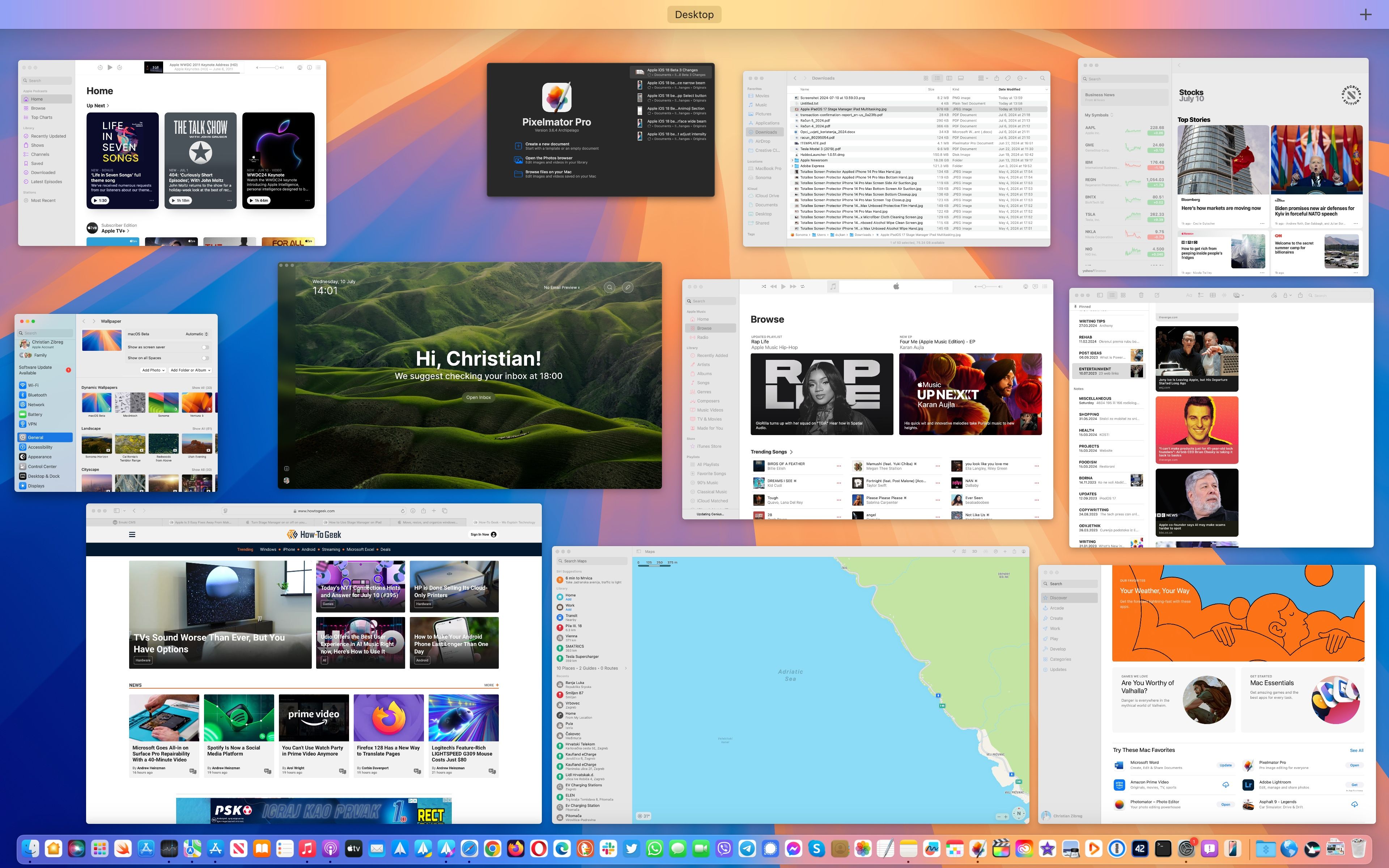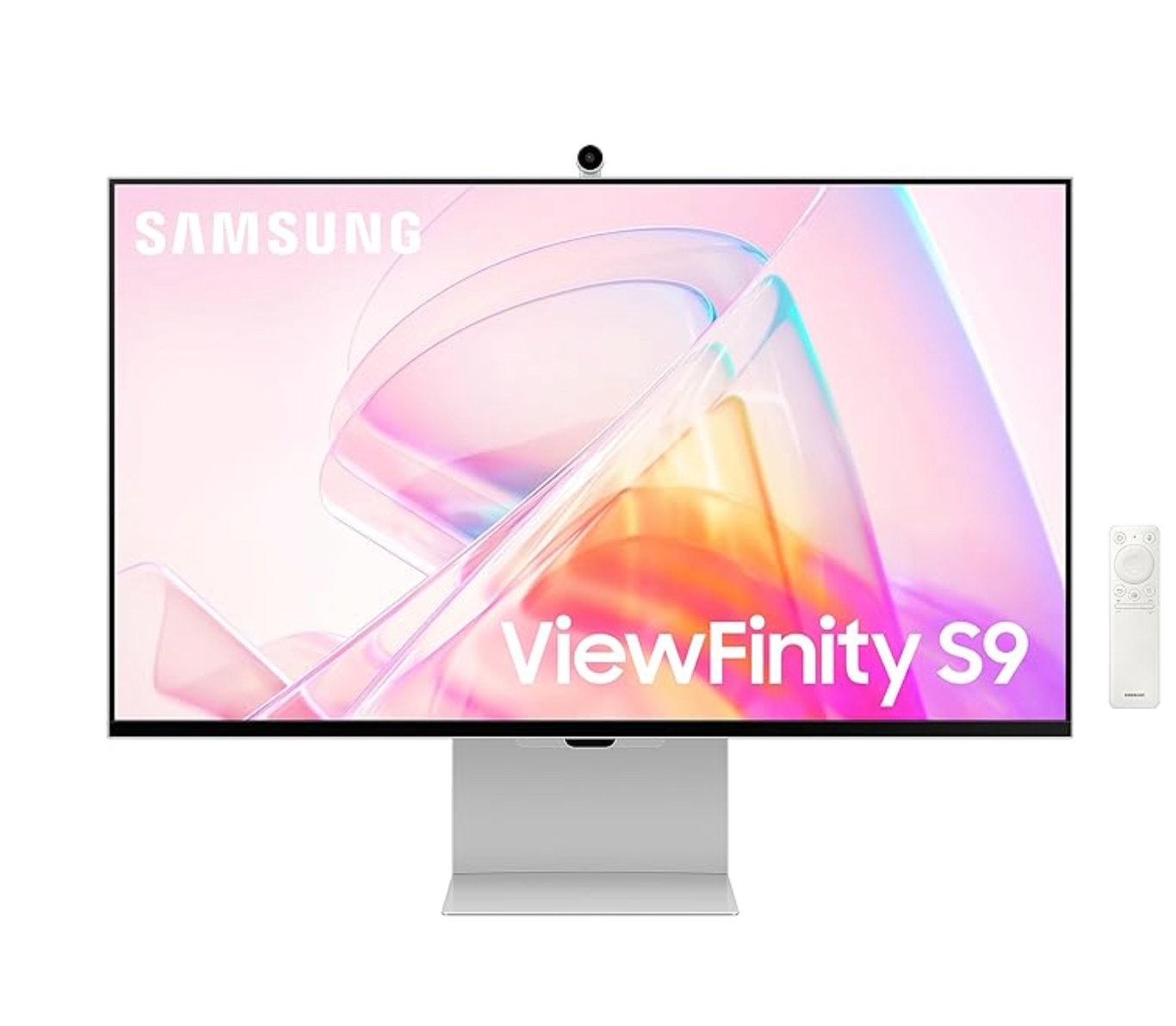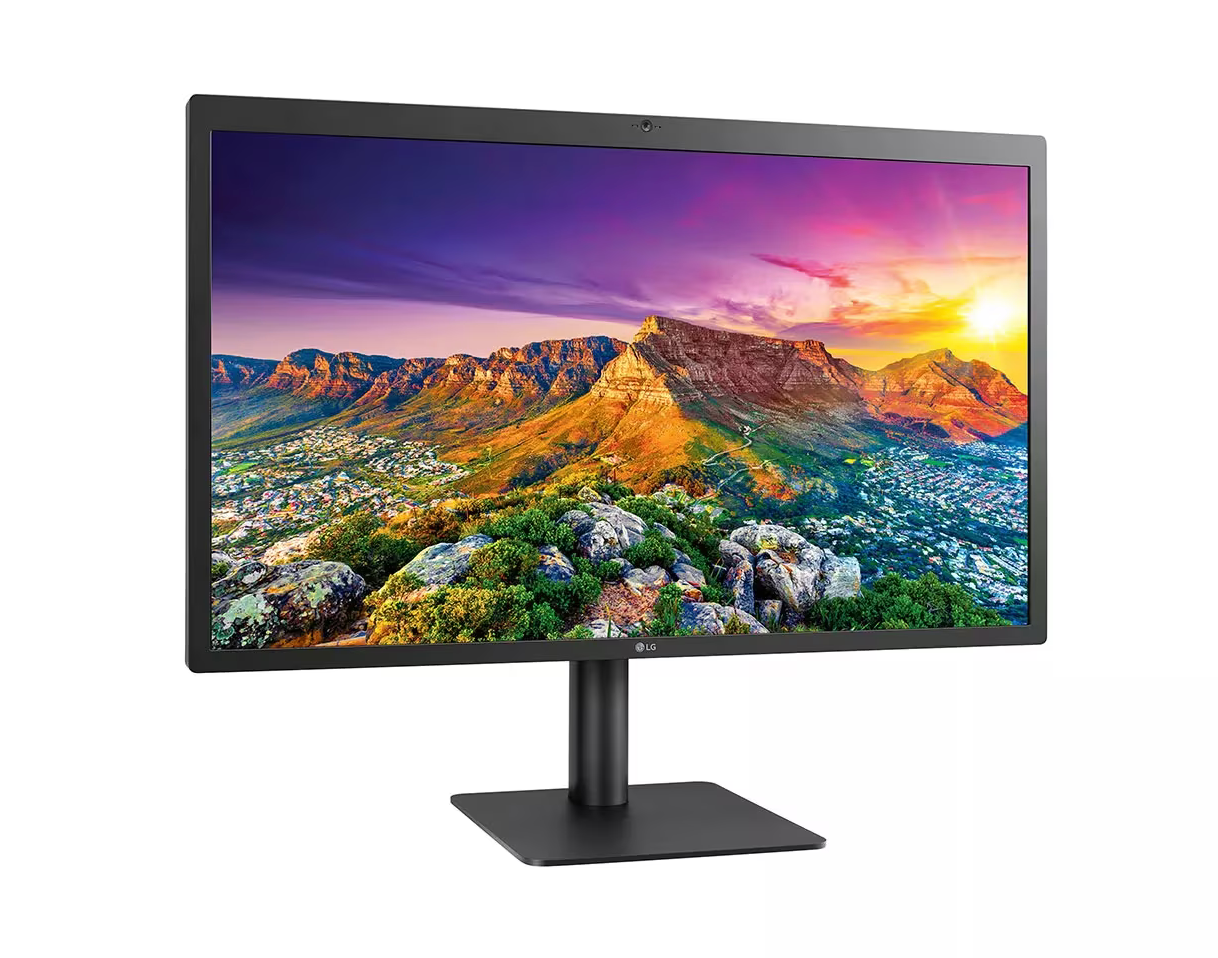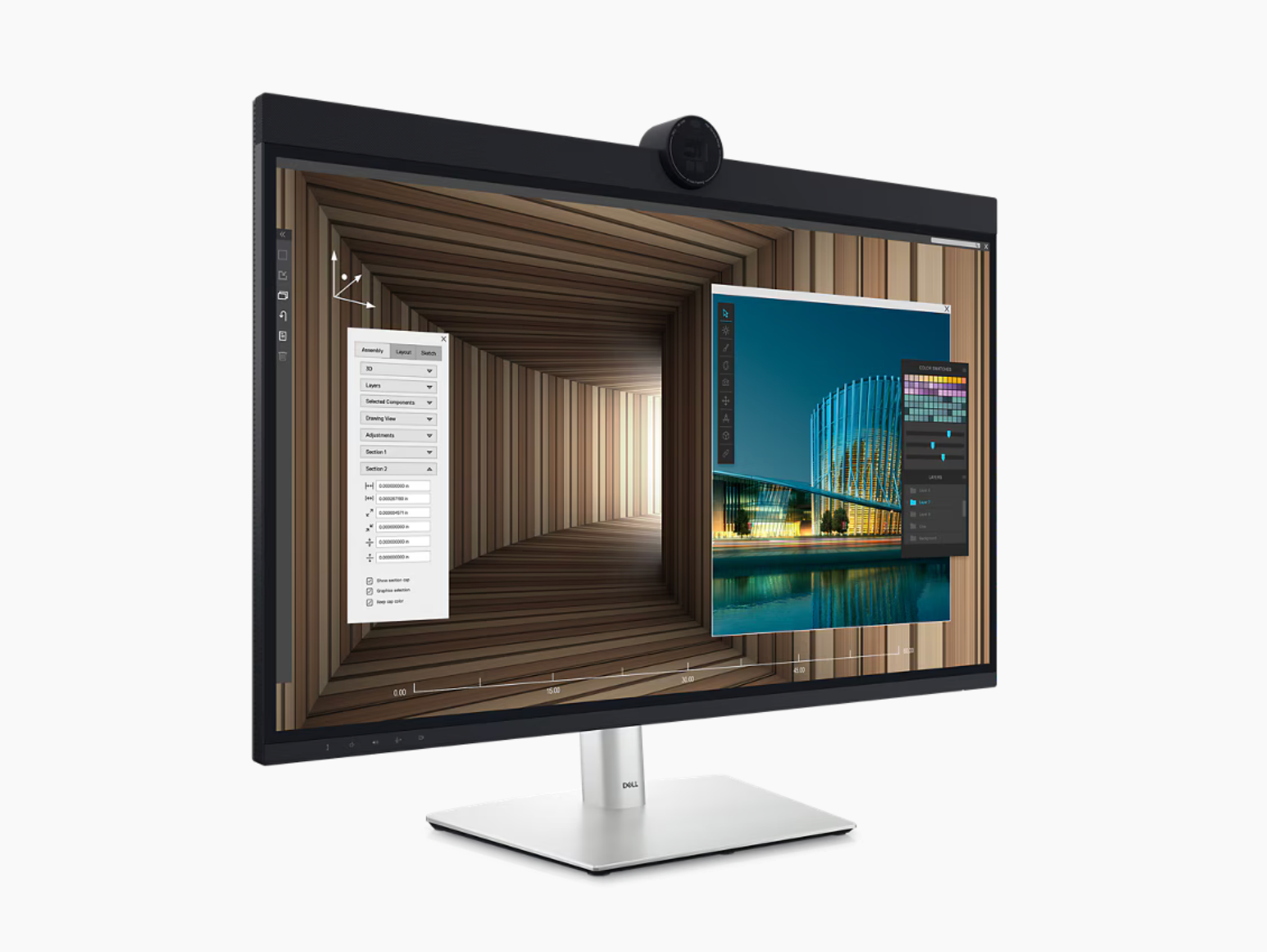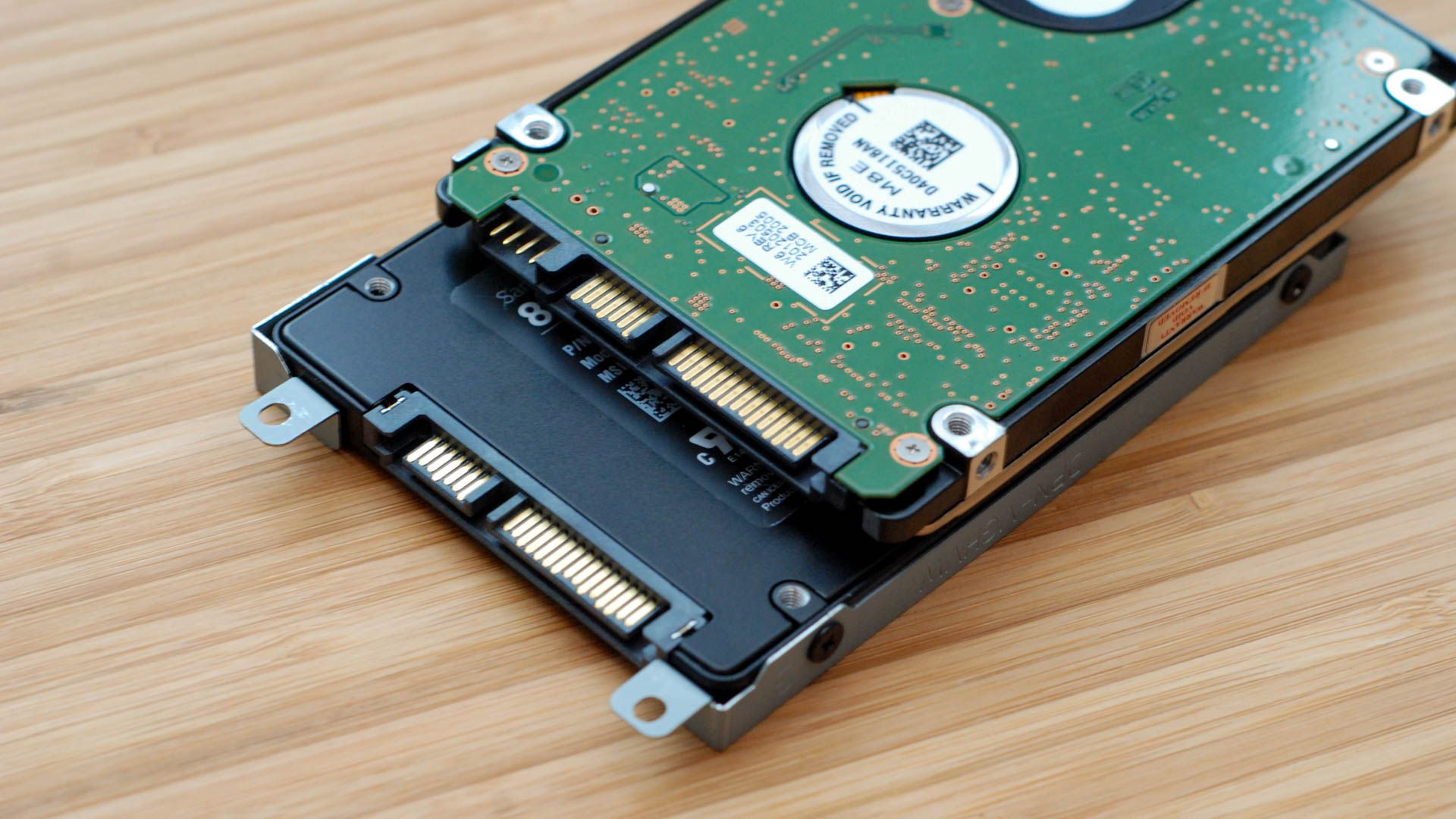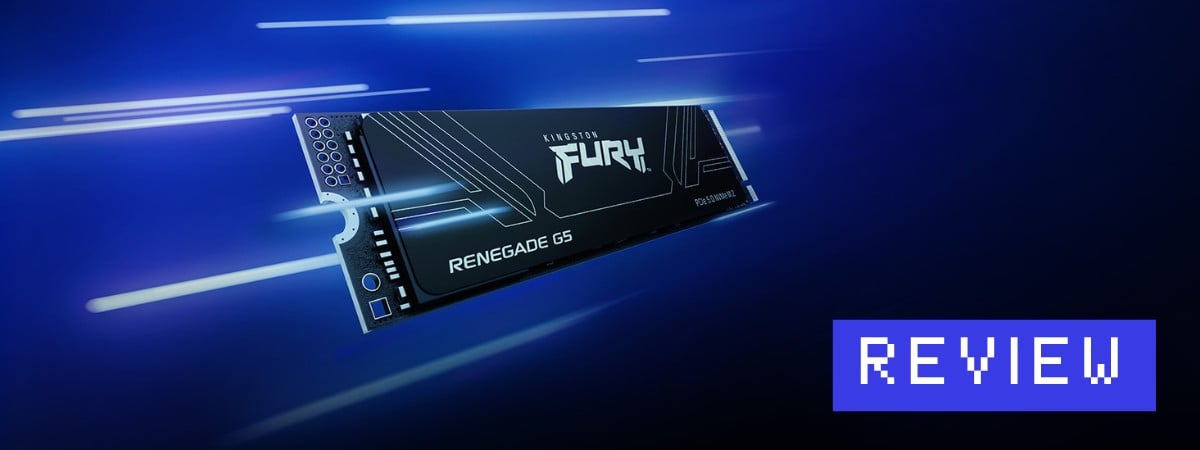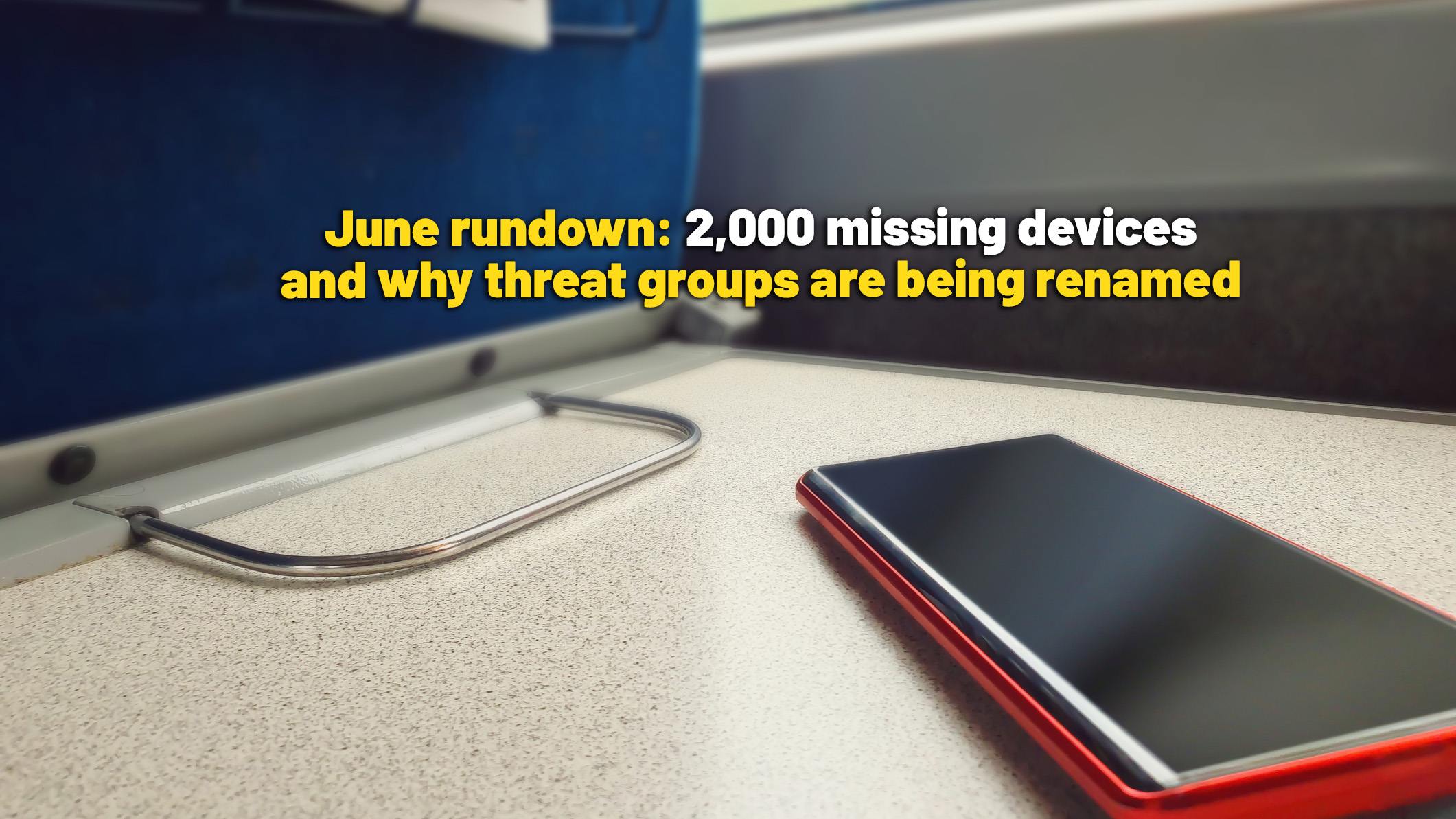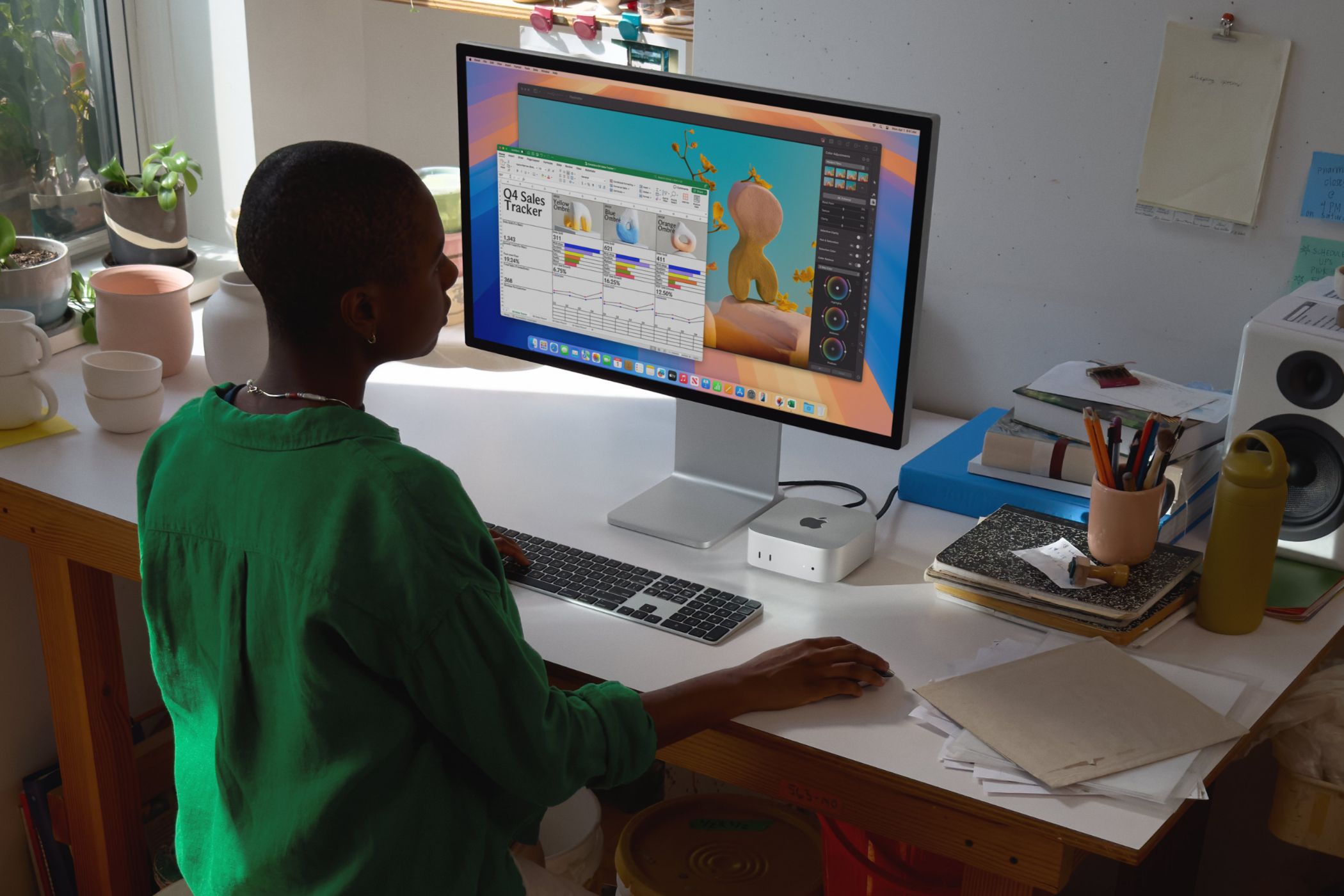
Key Takeaways
- Apple needs to make a monitor that better matches the Mac Mini price tag and value proposition, particularly considering the Apple Studio Display costs $1,000 more than a base model.
- Mac Mini owners should carefully choose a monitor that fits with Apple’s Retina specifications if they want to avoid display-scaling related issues.
- Consider monitors like Samsung Viewfinity S9 or LG UltraFine 27-inch 5K instead.
The M4 Mac Mini is Apple’s best-value computer and the most compelling Mac for anyone who doesn’t desire portability. But there’s one glaring problem you’re going to have to face if you pick Apple’s pint-sized PC killer.
The Mac Mini Needs a Monitor
The Mac Mini is Apple’s most flexible Mac for everyday use. It comes with your choice of base-level M4 chip or slightly beefier M4 Pro. It’s perfect for everyday tasks like web browsing, email, office work, light photo and video editing, and maybe the odd game here and there.
As part of this flexibility, the Mac Mini isn’t surgically attached to a display (as per the iMac) or shoe-horned into a clamshell design (as per the MacBook Air). Surprisingly, the savings really are passed down to you. The Mac Mini starts at $599, half the price of a 15-inch MacBook Air with the last-generation M3 processor.
The catch (or the appeal) here is that you need to provide your own display and peripherals. While Apple provides a set of pricey (but not eye-watering) USB-C Magic accessories, the same cannot be said for a monitor. If value (or at least matching your budget aluminum box with a comparably-priced display) is the goal, you’re going to need to go for a third-party display.
Apple only makes two displays, at present. There’s the 27-inch Studio Display, and the 32-inch Pro Display XDR. Both work fine with a Mac Mini in principle, but neither are perfectly suited. Perhaps most perplexing is the lack of a 24-inch option.
The iMac comes with a built-in 24-inch 4.5K Retina display, and its starts at $1,299. At the risk of oversimplifying things, why doesn’t Apple produce a 24-inch external display that uses the same excellent panel for its Mac Mini customers?
What About the Studio Display?
The Apple Studio Display is a fine monitor. Its 27-inch panel hits a resolution of 5K at a pixel density of 218 PPI. Though it only manages a refresh rate of 60Hz, it’s hard not to be impressed by the panel when you see it in person. The bezels could be smaller and the housing could be thinner, but Apple’s liberal use of aluminum gives it that premium Apple look and feel from any angle.
And therein lies the problem. The Studio Display costs $1,599, a whopping $1,000 more than the Mac Mini’s starting price. Even if you opt for the highest base spec M4 Pro Mac Mini with 24GB of RAM and a 512GB SSD, you’re still $200 short of what you’ll pay for a Studio Display. And because it’s Apple, you’ll be lucky to get cashback let alone a significant discount.
Most people simply aren’t going to spend twice or nearly three times the cost of their computer on a monitor. You could argue that the Mac Mini isn’t a typical Mac, but what about the Mac Studio? What about MacBook Air and MacBook Pro owners who are looking for a no-frills monitor for home or office use?
One option is to go the third-party route, but this isn’t the straightforward process you’d hope for.
Finding a Monitor for Your Mac Mini
Every Mac with a display now ships in “Retina” quality, as does the iPhone and iPad. “Retina” is a fancy way of saying “high pixel density” which translates into not being able to distinguish individual pixels from a normal operating distance. In order for a display to be considered Retina-quality, it needs a pixel density of around 218 PPI or better.
macOS is designed around this pixel density target. You either want a display that hits 218 PPI or better for “Retina” quality, or you want to fall well short of this target at 110 PPI for that non-Retina look. Anything in-between has become regarded as what one developer labels “the bad zone.”
Monitors that fall in between this gap must use display scaling within macOS, which will negatively impact how everything looks. The image will be slightly blurry rather than perfectly crisp, horizontal lines will shimmer as they scroll up or down the screen, and you’ll see moiré patterns and unsightly color fringing.
How much this bothers you is up for debate, but don’t expect to have the same crispy experience you see on a MacBook Air or a Studio Display with just any old PC monitor. Unfortunately, the vast majority of PC monitors, like the very common 27-inch and 32-inch 4K monitors (163 PPI and 138 PPI respectively), fall into the bad zone.
So now you’re faced with one of two choices: embrace display scaling and deal with a slightly inferior Mac desktop, or shop from a very small selection of monitors (including Apple’s very expensive lineup).
Consider These Monitors for Your Mac Mini
Outside of the Studio Display (and Apple’s $4,999 Pro Display XDR, yeah right), there aren’t too many options for hitting that 218 PPI floor from third-party display vendors. If you want a 27-inch monitor, you’re going to need a resolution of “5K” (5120×2880) or better.
The Samsung Viewfinity S9 immediately springs to mind, with its 27-inch 5K panel, ultra-thin bezels, an included webcam, and a metal stand (but plastic construction elsewhere). It’s the closest thing you’ll get to a Studio Display on a budget, and you can usually find it for around the $800 mark. Some are happy with it, others are not.
Another choice is the LG UltraFine 27-inch 5K (27MD5KL-B) though it has long been discontinued. You may be able to find refurbished models or old stock, but you’re more likely going to need to turn to the second-hand market to get your hands on one.
A glance at eBay shows that this monitor can be snapped up for $500 or less in working order, but you might have more joy haggling on local classifieds like Facebook Marketplace or Craigslist. Just remember that these are in demand since there are plenty of Mac owners out there looking for displays with Retina pixel density.
At the silly end of the spectrum there’s the Dell UltraSharp 32-inch 6K, which at $2,480 makes the Apple Pro Display XDR look cheap. It’s still a crazy price to pay to pair it with a Mac Mini, though.
If you’re really not too bothered by the display scaling “issue” then most PC monitors will work with your Mac Mini. Just check out some of our top recommendations.
There are options out there, but none of them are good enough. It’s time for Apple to expand its monitor lineup because it seems like nobody else is interested.
If you’re wowed by the price to performance of the new M4 Mac Mini, you’re going to love the old one.
Source link



